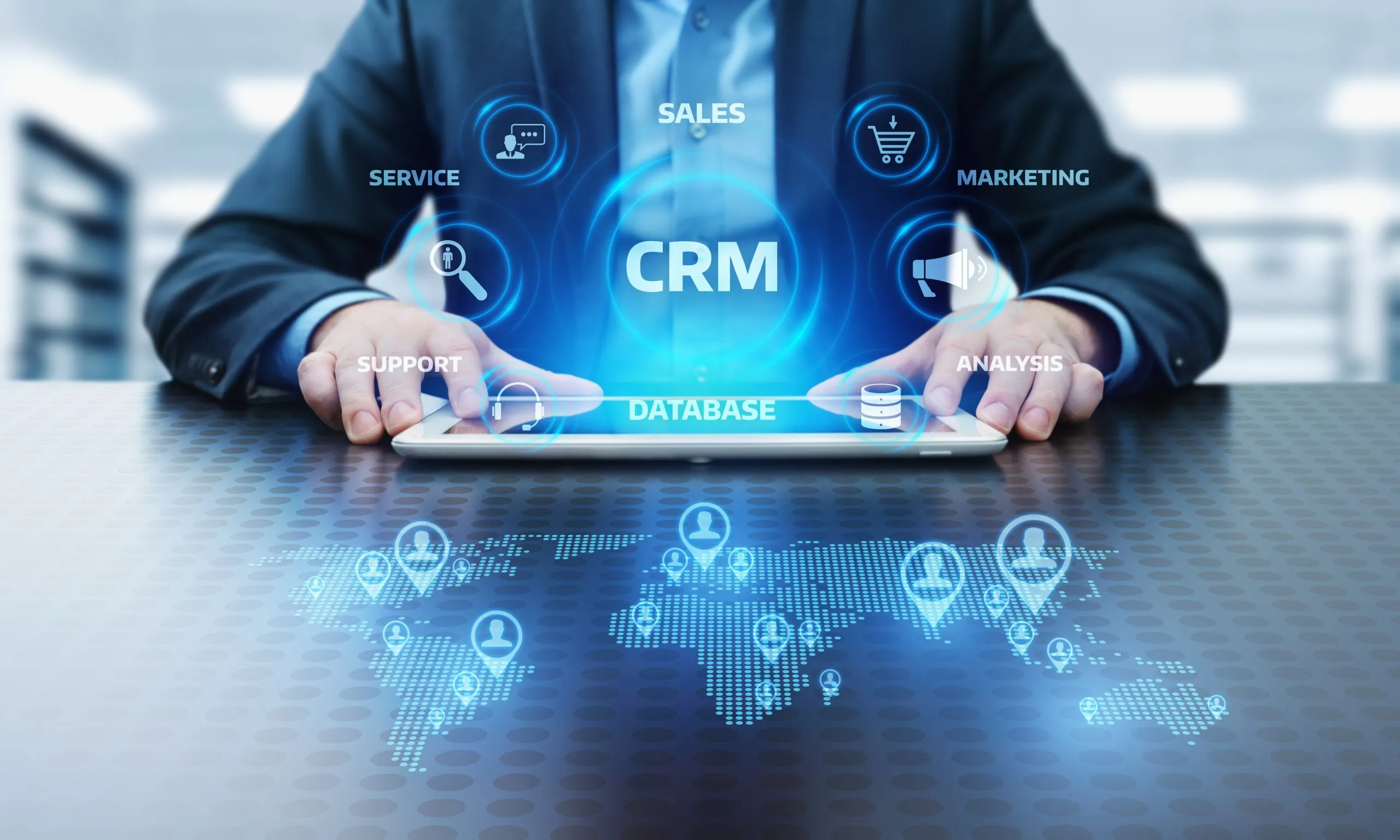In the modern world, business cannot afford to lose customers due to unorganized information, forgotten calls or confused orders. This is especially true for companies that continue to keep records of customers in Excel, Google Tables or, even worse-in notebooks and messengers. Such a system quickly ceases to cope with the growing data stream, and the business begins to lose important contacts, forget about the agreements and generally reduce the level of service.
CRM-system (Customer Relationship Management) is a solution that helps to restore order in customer accounting, automate repeated processes and build a logical chain of interaction with clients from the first contact to post-sales service.
Why Excel is no longer coping
Excel and its analogues are convenient at the first stage. But with an increase in the number of customers and employees, they become a narrow neck:
- There are no automatic reminders of tasks.
- It is difficult to track the history of communications with the client.
- It is difficult to delegate work without risk of losing important information.
- Reports are created manually and take a lot of time.
This gives rise to chaos, mistakes and losses. Your employees spend hours searching for information, instead of engaging in sales or improving the client service.
What does CRM give to your company
CRM is not just an electronic notebook. This is a full -fledged digital platform for managing the client base, sales, marketing and support. This is what it gives to your business:
1. Centralized storage of information
All data on clients, transactions, tasks and communications are stored in a single system. Only authorized employees have access to information, and the history of contacts with customers is always at hand.
2. Automation of processes
CRM allows automatically:
- set tasks;
- form accounts and documents;
- send reminders;
- Run marketing chains.
Everything that was done before manually is now working according to a given scenario.

3. Improving the quality of the service
When each manager knows who he works with, what was discussed earlier and what steps should be taken further - the client feels attention and care. This forms loyalty and repeated sales.
4. Control and transparency
The leader always sees:
- how many transactions are in work;
- At what stage they are;
- Which of the employees is overloaded, and who is underdeveloped.
This allows you to quickly make decisions, eliminate narrow places and increase the effectiveness of the team.
What does the implementation path look like
The implementation of CRM can be divided into several stages:
- Analysis of current processes. We find out how you work now and what tasks you need to solve.
- The choice of a suitable platform. Based on goals, budget and scale.
- CRM setting for you. Creation of funnels, cards, forms, automation and integration.
- Team training. So that the employees are not afraid of the new system, but use it to the maximum.
- Support and refinement. We do not throw customers after starting - the system is developing with the business.
Conclusion
CRM is not about "fashionable technology", but about order, transparency and growth. If you are tired of the losses of customers, forgotten tasks and chaos in tables - it's time to go to a new level.
The implementation of CRM will allow you not only to optimize work with customers, but also to build a controlled, scalable sales system. This is a step towards the maturity of your business - in any segment and at any stage.

